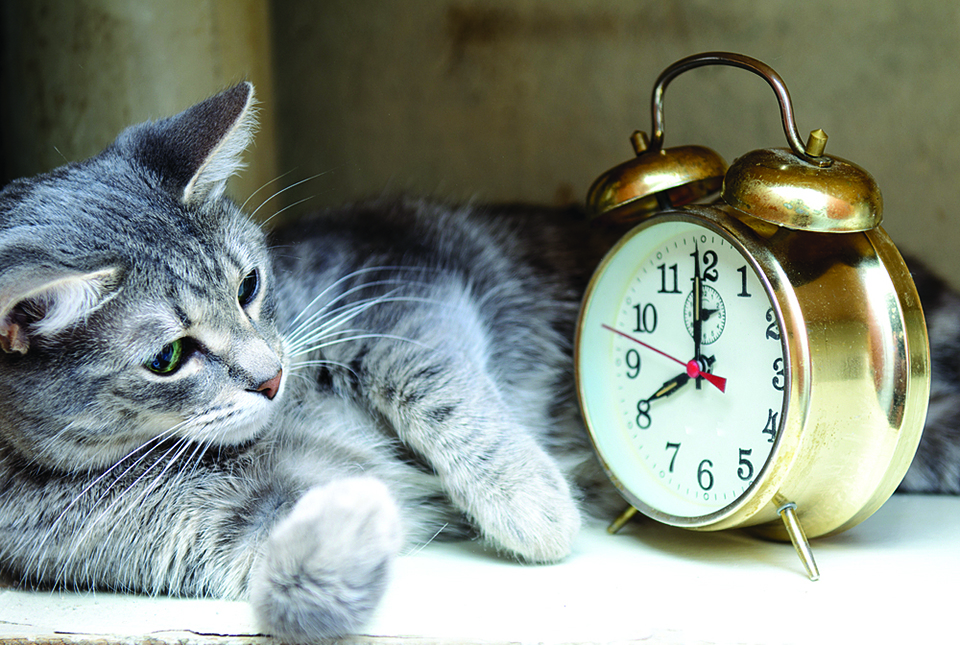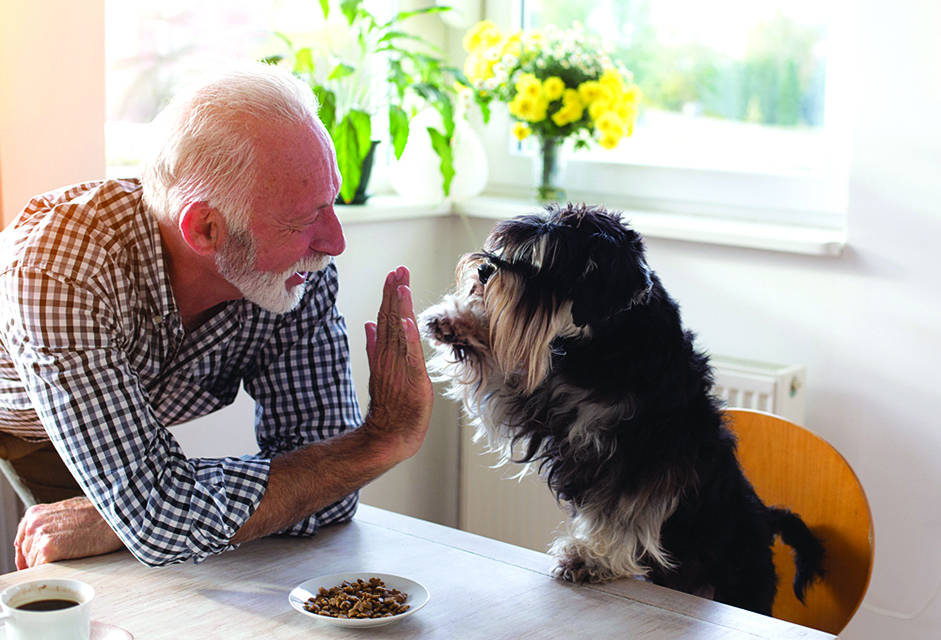
The past year has forced us all to stay home to protect ourselves and others from COVID-19. While many have found comfort in newfound hobbies or immersed themselves further in work over the quarantine, some might just be drowning in a general sense of discomfort known as cabin fever—and it isn’t just the humans.Animals can get cabin fever, too.Though cabin fever isn’t officially recognized as a psychological disorder, its symptoms shouldn’t be ignored. If your animal companion has been feeling down during isolation, there are certainly ways to help them.
WHAT IS CABIN FEVER?
Outside of the pandemic, the phrase “cabin fever” is commonly used when people have to stay indoors during bad weather. According to a 2020 CNN article by Kristen Rogers, however, the term has a history of being used in the 1800s and 1900s to refer to people stuck at home with typhus fever or living in a remote area for a long period.Nowadays, it’s clear that anyone, anywhere can feel like they’re suffering from cabin fever as long as they’ve been in extended isolation. However, there’s more to it than just feeling bored.Animals, just like humans, can exhibit specific symptoms of cabin fever when they’re isolated or lonely. It’s important that we recognize these symptoms so we can alleviate whatever distress they may be feeling as soon as we can.
WHAT ARE ITS SYMPTOMS?
Many of the cabin fever symptoms humans experience are experienced by animals as well. According to a 2020 article from Healthline, some of the symptoms of cabin fever include restlessness, irregular sleep patterns, lethargy, lack of patience, and depression.In dogs, this restlessness might look like them running around the house with a case of the zoomies. They might misbehave by urinating on the carpet and biting furniture, all the while ignoring their favorite toys. Lack of patience might also translate as anger towards anyone else at home, according to a 2019 article from Westfield Veterinary Group.Surprisingly, cats can get cabin fever as well. Though many cats seem to thrive indoors sleeping all day in a cozy corner or watching birds fly by the window, they can also get bored. A 2015 article by PetPlace claims that older cats are much more likely to feel bored when they’re stuck indoors, but their experience of cabin fever depends on how often they usually go outdoors. Outdoor cats might feel especially cooped up when in isolation, and one common symptom of cabin fever in cats is the ingestion of foreign objects, according to a 2015 article by Dr. Debra Primovic.
GETTING PAST CABIN FEVER
There is no actual cure for cabin fever considering it isn’t a recognized disorder, but experts do recommend various methods to aid in coping with the symptoms.For instance, exercising and spending time outdoors amid nature can help improve one’s mental health, while sticking to a specific routine can help restore a sense of normalcy to one’s home life. Healthline also recommends keeping the mind occupied with activities and maintaining a social life by participating in video calls.The best thing is these can be done in ways wherein you can help your animal companions cope with cabin fever, too.

PLAY AND EXERCISE TOGETHER
Most dogs love playing fetch, even if only up and down the stairs or in a house’s hallway. Doing this indoors or in a park until the both of you get tired will not only be fun, but will also strengthen your bond and make for a fulfilling day.Cats might need a little more motivation in the form of feathery or catnip-filled toys, but they’ll have tons of fun nonetheless!

ESTABLISH A ROUTINE TOGETHER
If you plan on playing with your animal companions everyday, schedule it for a certain time each day and stick to it. This way, everyone in your household recognizes that this extended period at home isn’t a vacation and daily life still has structure.

KEEP YOURSELVES BUSY
It’s not enough to keep physically active. Read a book, watch a movie, or listen to a podcast while your animal companion tries to get their treats out of a puzzle toy.If they aren’t interested in toys, another way to keep busy is to do activities together, including learning new tricks and taking online training classes.

FIND COMFORT IN EACH OTHER
It’s hard to stay socially connected during a pandemic, so treasure the relationships you do have at home. Give your animal companions love and attention, and they’ll likely do the same for you.

HOW ANIMALS FIGURE IN PANDEMICS
The role of animals in this pandemic goes far deeper than someone eating something they shouldn’t have. In November 2019, months before COVID-19 was declared a public health emergency, National Geographic published an article detailing how deforestation was resulting in an increase in infectious diseases in humans. More and more scientists are coming to the conclusion that deforestation creates the perfect conditions for infectious diseases and potential pandemics to emerge.One example of this is the Nipah Virus, which was first documented in people in the late ‘90s after Indonesian rainforests were burned for farming. Because trees in the area remained fruitless, fruit bats from the affected forests flew into Malaysia. Suddenly, pigs and pig farmers in Malaysia fell ill until over a hundred people died, according to a National Geographic article by Katarina Zimmer in 2019.





